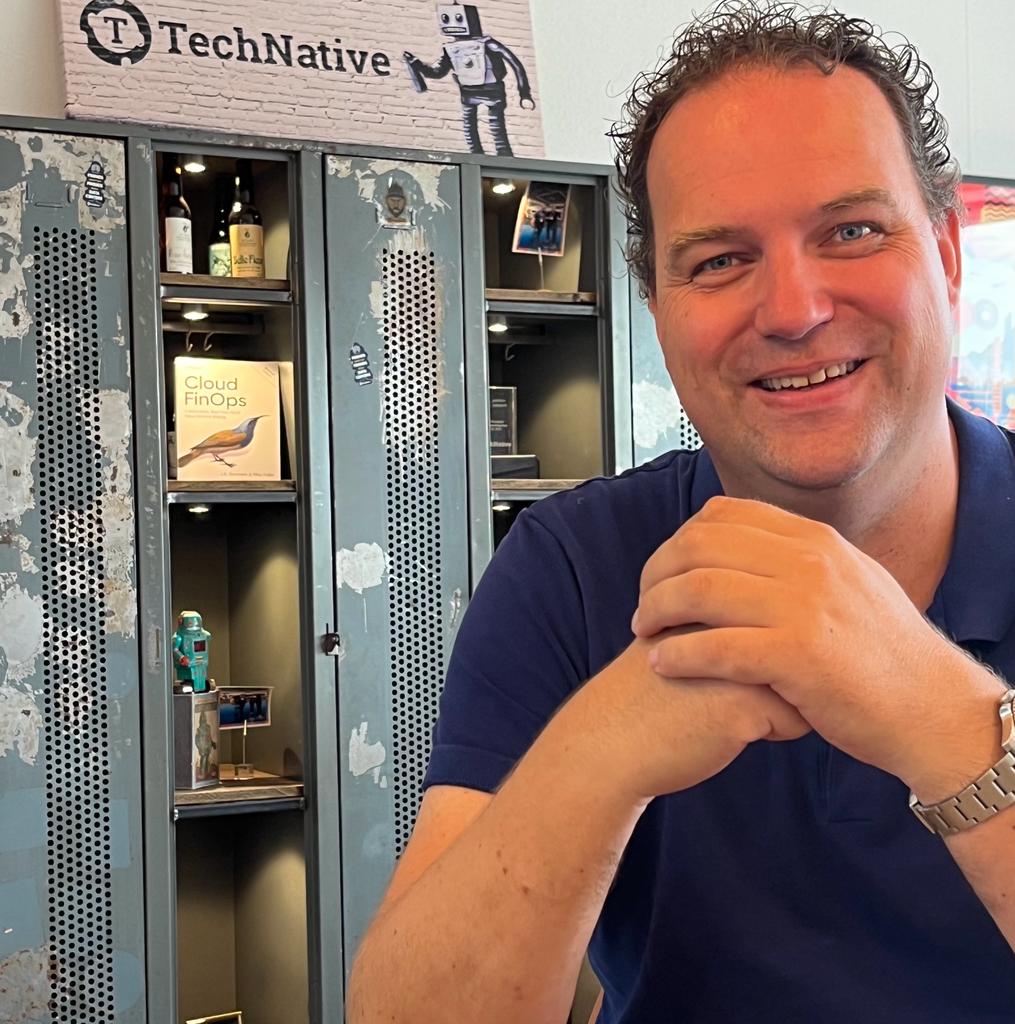our client
PastBook simplifies the creation of photobooks and other photoproducts with just a single click. By leveraging the smart algorithm, users can effortlessly transform their Facebook or Instagram profile photos or phone images into stunning albums. As PastBook has transitioned from its startup phase to a global operation, it recognized the need for enhanced management of virtual servers and streamlined updates. To address this, PastBook enlisted the support of TechNative, who provided assistance in containerization, Infrastructure-as-Code implementation, and the establishment of a data warehouse.
PastBook was founded in 2012. “It took us about three years to find our momentum.” Nordy van Donk, Head of Technology at PastBook, explains, “We dedicated those years to identifying the products that resonated most with the market. One example is our yearbooks, which garnered significant success. Logically, we intensified our advertising efforts towards the end of the year, resulting in exceptional sales and the creation of our own peak season.”
“During periods such as summer holidays, Valentine’s Day, Father’s Day, and Mother’s Day, we experience a surge in orders. However, maintaining peak-level operations throughout quieter periods is not cost-efficient. Striking the right balance is crucial. Therefore, scaling in response to demand became a necessity.” In the early years, scaling up and down was a manual process.
“We primarily operated on AWS, where all instances were manually managed. When we launched additional advertising campaigns or planned to send out newsletters, we ensured we had sufficient servers to handle the increased capacity. If things went even better than anticipated, we had to quickly add more servers.”
the projects
DevOps Assistance
However, relying on manual processes proved challenging, given the unpredictability of sales and the inherent scalability limitations. “By 2020, our release process had become a bottleneck in our development lifecycle. As our team and company grew rapidly, it was clear that automation was the way forward.”
“Our goal was not only to achieve better scalability but also to automate the rollout of updates, empowering our developers to independently deploy new updates. This reduced our reliance on server experts.”
TechNative played a vital role in overhauling the entire Amazon account. They containerized the previously manually managed servers and implemented Infrastructure-as-Code, greatly improving the overall management and clarity of our infrastructure.”
“The current solution is highly scalable, and multiple team members can now prepare, approve, and deploy new releases seamlessly through a pipeline without manual intervention.” The company possesses sufficient internal technical knowledge to manage the entire AWS account.
“We maintain control, and in case of any issues, we can resolve them easily. However, it’s reassuring to know that TechNative is available as our trusted partner. They understand our needs and provide prompt solutions whenever required.”
Data warehouse
In another collaboration, TechNative assisted in the establishment of an AWS data warehouse. “Being a data-driven company, effectively collecting and analysing data from various databases posed a significant challenge. We aimed to extract valuable insights from our data more efficiently to drive business growth. This led to our partnership with TechNative to build a comprehensive data warehouse that consolidates information from all sources.”
“With the implementation of a business intelligence (BI) solution, we now have the ability to uncover meaningful information. This allows us to track the performance of our advertisements and products from start to finish. Consequently, we can optimize our strategies faster and experiment with improvements to our website and apps.”
“This streamlined approach enables us to evaluate the impact of adjustments on our site and app promptly. Moreover, we can conduct in-depth analyses to enhance our algorithms, resulting in an improved user experience, superior photo products, and ultimately, higher customer satisfaction.”


